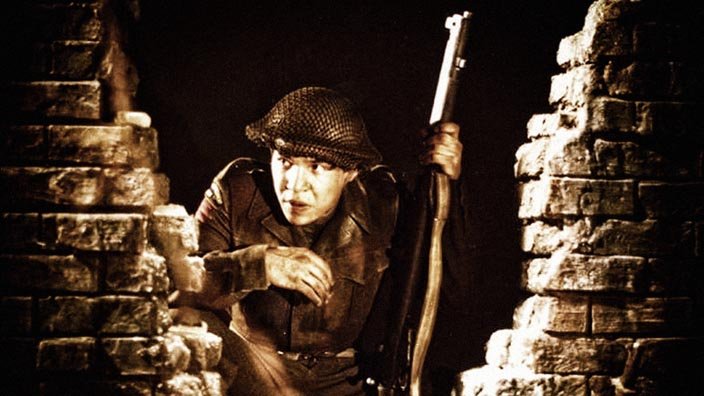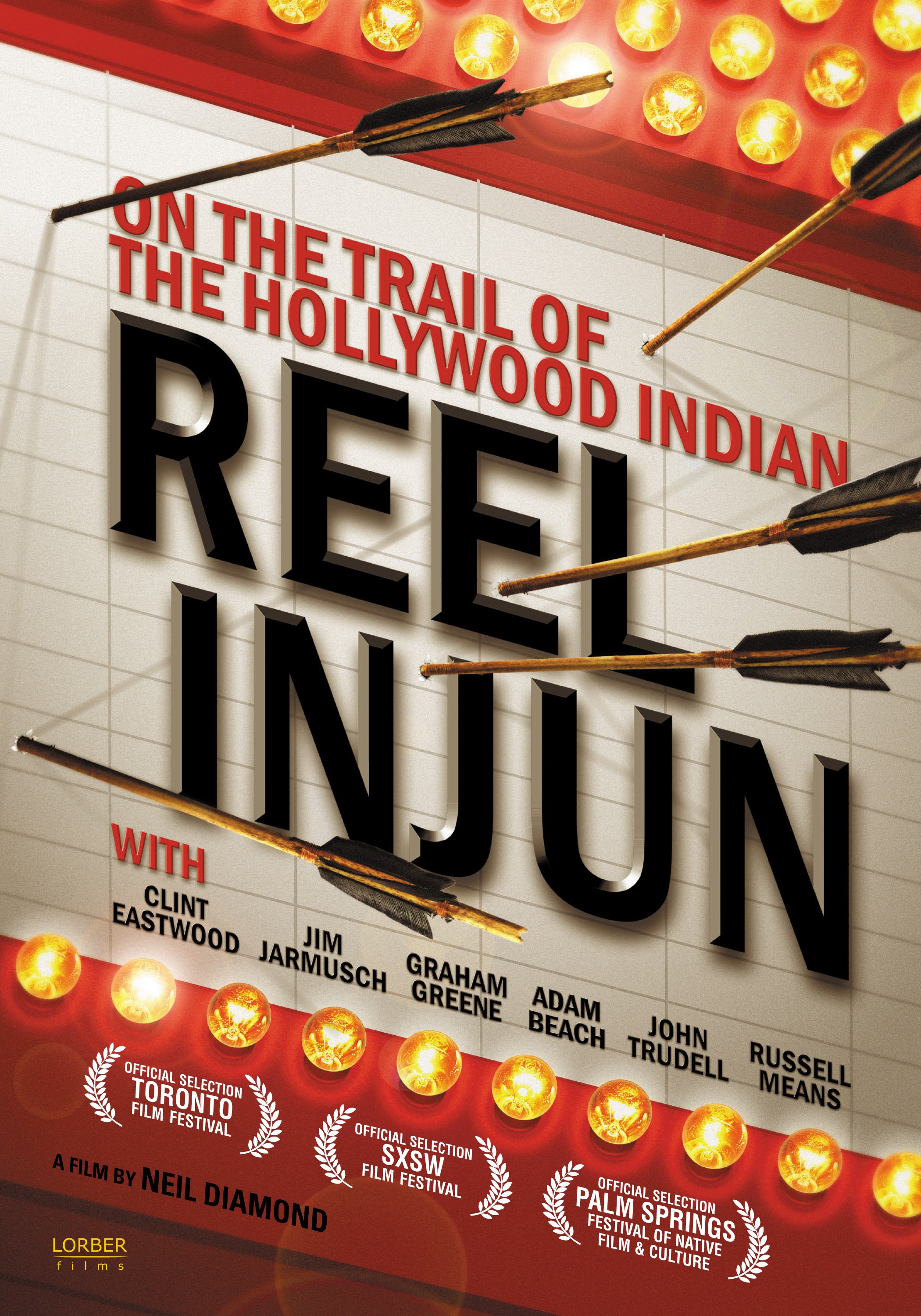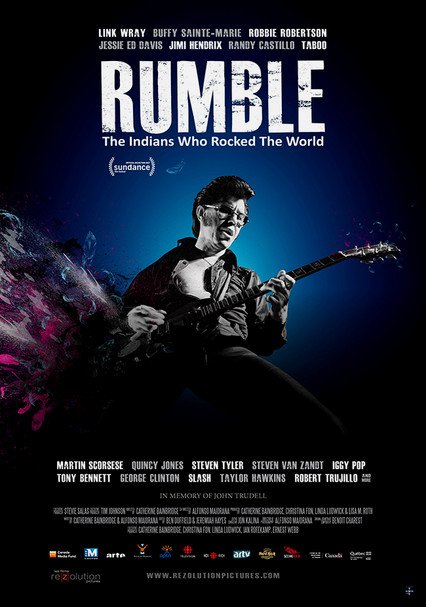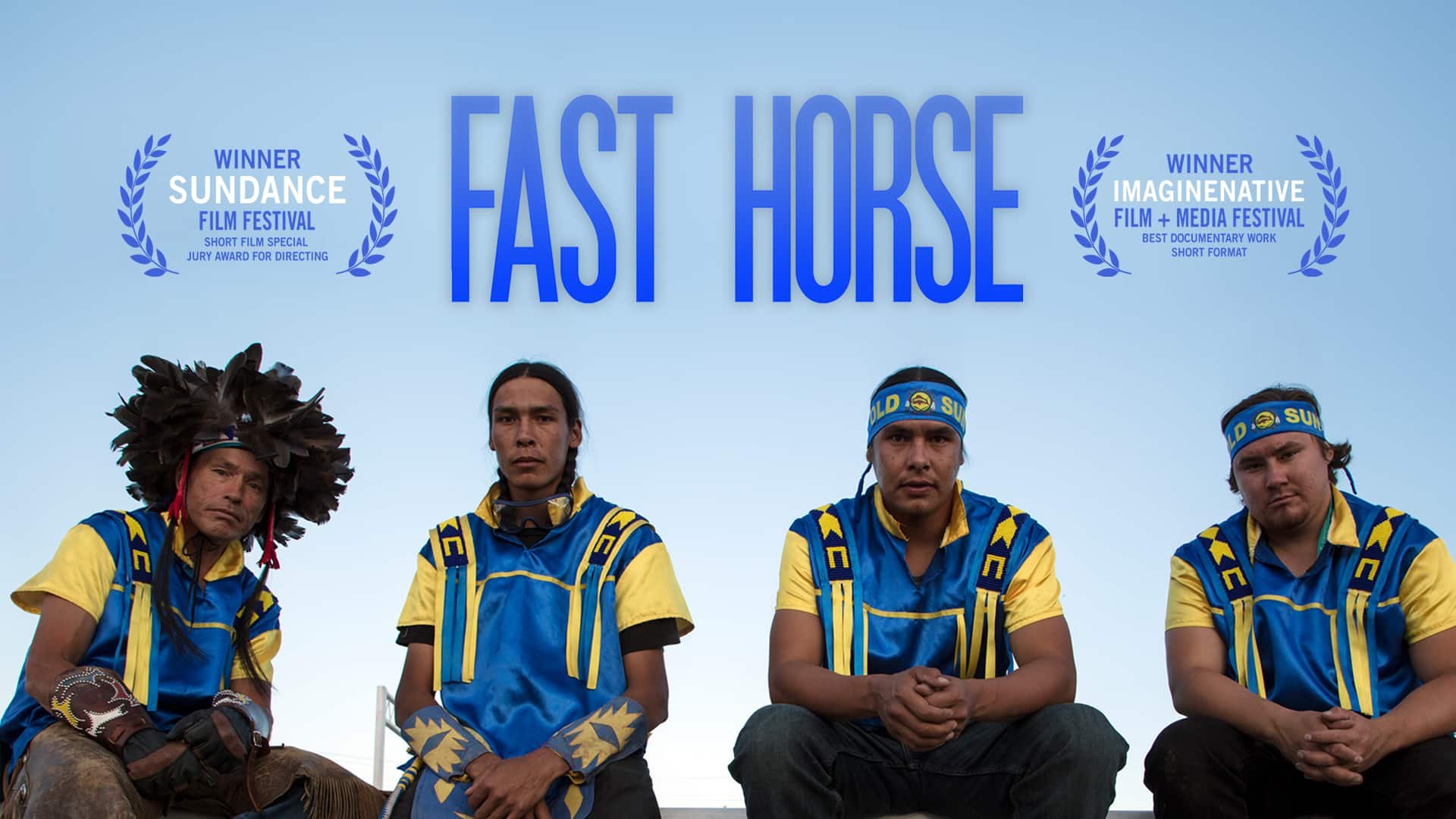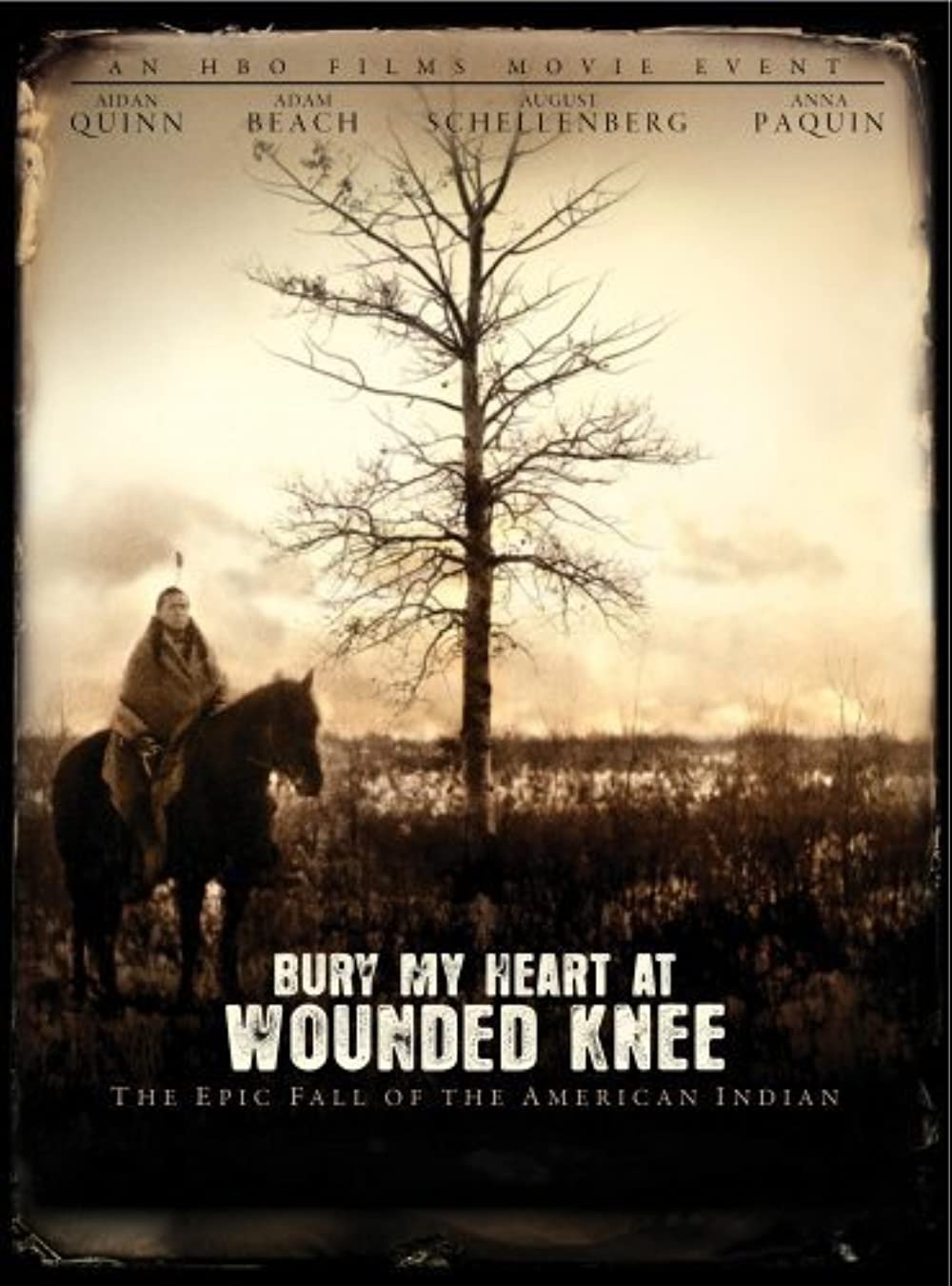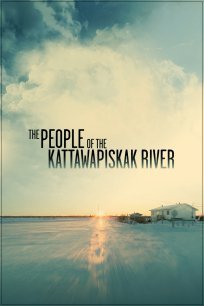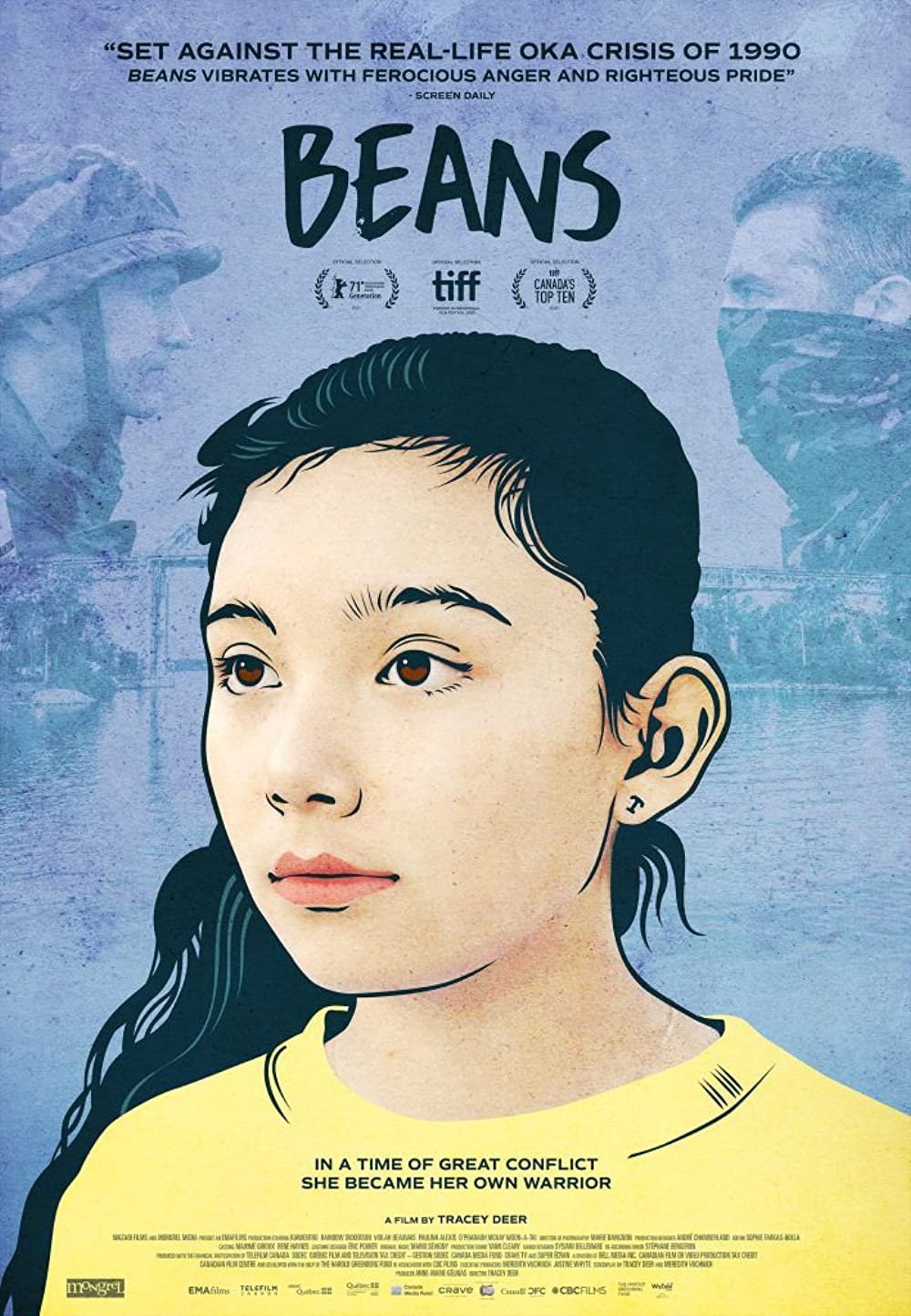RESOURCES FOR LEARNING
Know of a learning resource not listed here? Use the button below to share the resource with The Orange Path and help others on their journey to truth and reconciliation.
Forgotten Warriors
This documentary introduces us to thousands of Indigenous Canadians who enlisted and fought alongside their countrymen and women during World War II.
Reel Injun
The evolution of the depiction of Native Americans in film, from the silent era until today, featuring clips from hundreds of movies and candid interviews with famous directors, writers and actors, Native and non-Native: how their image on the screen transforms the way to understand their history and culture.
Rumble : The Indian that Rocked the World
Rumble tells the story of a profound, essential, and, until now, missing chapter in the history of American music: the Indigenous influence.
Fast Horse
This is Indian Relay, where jockeys ride horses bareback and jump from one horse to another in the middle of the race.
Bury My Heart at Wounded Knee
Beginning just after the bloody Sioux victory over General Custer at Little Big Horn, the story is told through two unique perspectives: Charles Eastman, a young, white-educated Sioux doctor held up as living proof of the alleged success of assimilation, and Sitting Bull the proud Lakota chief whose tribe won the American Indians’ last major victory at Little Big Horn.
The People of the Kattawapiskak River
The people of the Attawapiskat First Nation, a Cree community in northern Ontario, were thrust into the national spotlight in 2012 when the impoverished living conditions on their reserve became an issue of national debate. With The People of the Kattawapiskak River, Abenaki director Alanis Obomsawin quietly attends as community members tell their own story, shedding light on a history of dispossession and official indifference. “Obomsawin’s main objective is to make us see the people of Attawapiskat differently,” said Robert Everett-Green in The Globe & Mail. “The emphasis, ultimately, is not so much on looking as on listening—the first stage in changing the conversation, or in making one possible.” Winner of the 2013 Donald Brittain Award for Best Social/Political Documentary, the film is part of a cycle of films that Obomsawin has made on children’s welfare and rights.
Foster Child
An important figure in the history of Canadian Indigenous filmmaking, Gil Cardinal was born to a Métis mother but raised by a non-Indigenous foster family, and with this auto-biographical documentary he charts his efforts to find his biological mother and to understand why he was removed from her. Considered a milestone in documentary cinema, it addressed the country’s internal colonialism in a profoundly personal manner, winning a Special Jury Prize at Banff and multiple international awards. “Foster Child is one of the great docs to come out of Canada, and nobody but Gil could have made it,” says Jesse Wente, director of Canada’s Indigenous Screen Office. “Gil made it possible for us to think about putting our own stories on the screen, and that was something new and important.”
CBQM
This feature-length documentary pays tribute to CBQM, the radio station that operates out of Fort McPherson, a small town about 150 km north of the Arctic Circle in the Canadian Northwest Territories. Through storytelling and old-time country music, filmmaker and long-time listener Dennis Allen crafts a nuanced portrait of the "Moccasin Telegraph," the radio station that is a pillar of local identity and pride in this lively northern Teetl'it Gwich'in community of 800 souls.
The Grizzlies
In this inspiring true story, a group of Inuit students in a small, struggling Arctic community is changed forever through the transformative power of sport.
Kayak to Klemtu
A 14-year-old girl and her family undertake a kayak trip along the shores of the Great Bear rainforest to protest oil tanker traffic.
Kanehsatake: 270 Years of Resistance
On a July day in 1990, a confrontation propelled Native issues in Kanehsatake and the village of Oka, Quebec, into the international spotlight.
Empire of Dirt
Going home was never an option for single mother Lena Mahikan (Cara Gee). But when her 13-year-old, Peeka (Shay Eyre) overdoses in the streets of Toronto, she is forced to return home to her estranged mother and face a life-long legacy of shame and resentment. Empire of Dirt is a story about second chances and summoning the power of family to soothe the pain of cyclical damage.
Club Native
Tracey Deer grew up on the Mohawk reserve of Kahnawake with two very firm but unspoken rules drummed into her by the collective force of the community. These rules were very simple and they carried severe repercussions: 1) Do not marry a white person, 2) Do not have a child with a white person.
Beans
A Mohawk girl experiences adolescence amid the armed stand-off known as the 1990 Oka Crisis. Inspired by true events.
Atanarjuat: The Fast Runner
Igloolik at the dawn of the first millennium, when nomadic Inuit were masters of the frozen arctic. Evil in the form of an unknown shaman divides a small community of Inuit, upsetting its balance and spirit.
Abandoned: Angelique's Isle
A thrilling tale of perseverance and survival set in the wilderness during the great copper rush of 1845.
